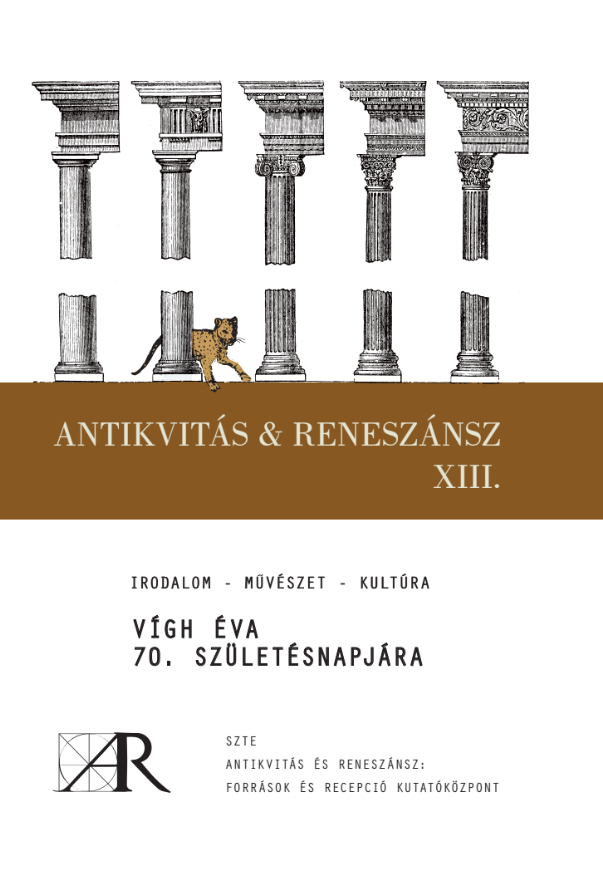The First Council of Nicea (325) as a symbol of unity: pagan and Jewish readings of the dogma of “homoousios”
Main Article Content
Abstract
After Emperor Constantine defeated his pagan god-backed opponent, Maxentius, in October 312, with the help of "the god of the Christians," he issued the Edict of Milan in February 313, about six months later, in which he declared Christianity religio licita, i.e., free to practice Christianity alongside the pagan Roman religion. When the theological controversy, later known as the Arian controversy, broke out, he called on the disputants to behave in a similarly understanding way: this time not in a way that reflected peaceful coexistence of religions but in mutual acceptance of different theological opinions for the greater good, that is, for the salvation of the Church. The paper will examine what symbolism and meaning the Council of Nicea had for its (pagan and Jewish) contemporaries: what considerations led Emperor Constantine, who had previously followed the pagan Roman religion, to take this decision, and what impact the Council had on the self-definition and the narrative of history of contemporary Jewry.
